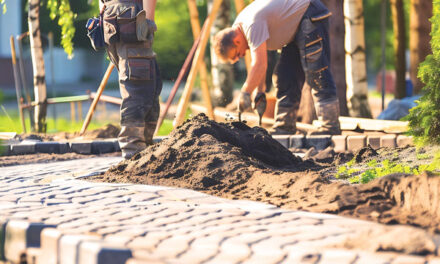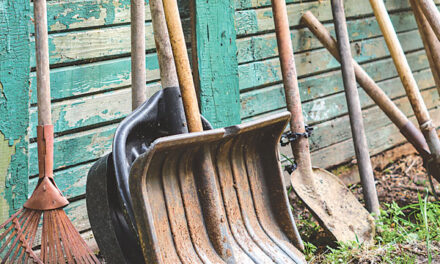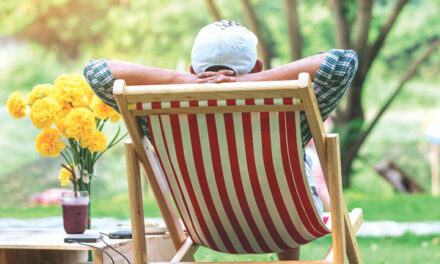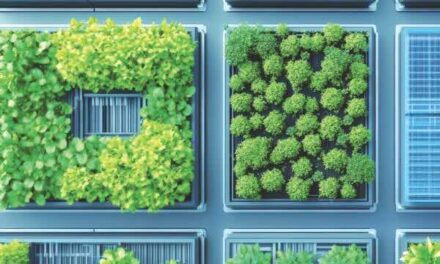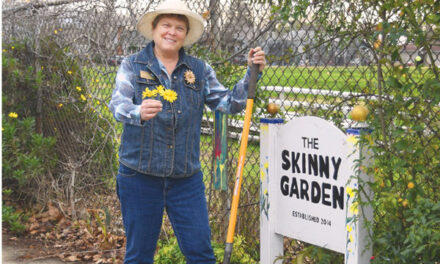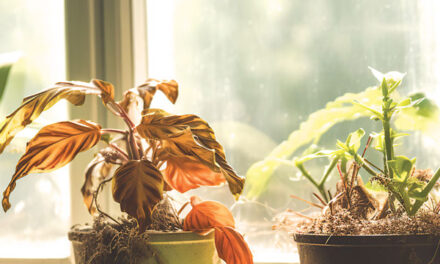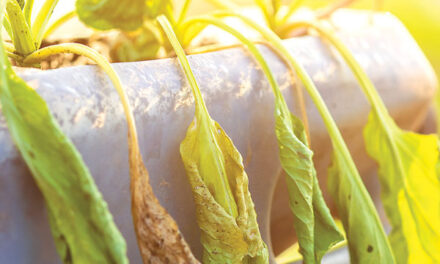Sacramento’s majestic urban forest is a shady embrace. As fall approaches, return the love by replacing or adding trees to the landscape.
Trees, arm in arm with farm to fork and tomatoes, are as Sacramento as it gets. We jog, nap and dine under trees, often not acknowledging the benefits our woody friends provide.
The urban forest accommodates family gatherings, recreation and relaxation. It yields food. Trees purify air, cool homes, save energy, provide wildlife habitat and prevent soil erosion. Trees are beautiful, boosting property values.
The city’s Urban Forestry Division reported 305 street trees lost and 191 park trees downed during January storms. Officials lack precise figures for tree losses on private property, but estimate 1,500 were swept away last winter. Many more vanished from drought, stress and diseases.
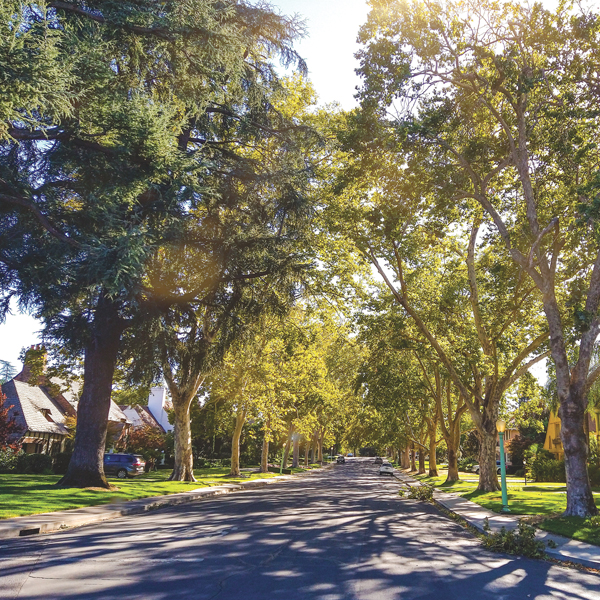
More than 30% of East Sacramento is under tree canopy, which is remarkable considering Sacramento was a prairie with scattered oaks in the 1850s. Willows and cottonwood grew along the rivers. There was no urban forest for early settlers.
Because of a concerted effort to transform flat, hot Sacramento into a shady oasis, we enjoy the results. According to “The History of Sacramento’s Urban Forest,” written and researched by E. Gregory McPherson and Nina Luttinger, Sacramento’s sparse tree count of oaks and sycamores were decimated by fires, floods and gold rush “transients” who felled trees for structures and fires.
Tree conservation and replanting began with John Sutter’s son, who donated a portion of his father’s land grant for “town of Sacramento” open space. Later, nurserymen from New England, the Crocker family and a city planner named John Nolen (Del Paso Park and the master plan for William Land Park) contributed to parks and tree conservation.
Today’s best Sacramento landscape tree choices are dictated by weather patterns, landscape limitations, water efficiency, disease resistance and beauty.
Pam Bone, landscape horticulturist and UC Master Gardener, is a frequent lecturer on trees. Bone currently lists these trees with capsule comments as her top 10 for local landscapes:
Acer campestre—Hedge maple: Small (25 feet tall), lush, narrow growth habit makes it ideal for shading the sunny side of a house with limited space. Yellow fall color. Adapts well to heavy clay, as well as some drought.
Arbutus unedo—Strawberry tree: Small, evergreen tree or multi-stemmed shrub with interest year-round. Urn-shaped flowers in late fall and early winter, followed by round, yellow-turning-to-red, strawberry-like fruit.
Diospyros kaki ‘Hachiya’—Japanese persimmon: A fruit tree that makes wonderful shade and is practically maintenance free once pruned to proper form. Large, leathery leaves turn brilliant red in fall. Oblong fruits are great for baking.
Laurus nobilis—Grecian laurel, sweet bay: This versatile evergreen is where culinary bay leaves come from. Best planted outside of a lawn and, once established, kept on the dry side.
Pistacia chinensis—Chinese pistache: Medium-size. Loves heat, good in well-drained lawns, drought tolerant. Great fall color of orange and red, but occasionally yellow.
Nyssa sylvatica—Tupelo: Great in lawns. Prefers moist soil, grows well in clay soil and tolerates poor drainage. Becomes a blaze of bright red, orange and yellow in fall.
Quercus coccinea—Scarlet oak: Large and adapted to well-drained lawns, yet tolerates some drought. Leaves turn reliably red in fall.
Quercus lobata—Valley oak: Our majestic, native white oak is an excellent, large shade tree for the home. Native oaks provide benefits for birds, animals and insects.
Quercus macrocarpa—Bur oak: Large shade tree. Does well in lawns, but can take some drought when mature.
Ulmus parvifolia—Chinese elm, lacebark elm: Attractive, mottled orange-brown bark. Graceful, arching branches. Choose a tree with well-spaced branches to prevent splitting out. Adapts well to lawns and along streets.
Bone also recommends deodar cedar, crape myrtle, trident maple, river birch, London plane, eastern redbud and golden rain trees. Sacramento Tree Foundation has recommendations on its website at sactree.org.
Find the right tree, plant the tree and take a bow. You have done a tree-mendous good deed.
Dan Vierria is a University of California Cooperative Extension Master Gardener for Sacramento County. He can be reached at masterg29@gmail.com. For answers to gardening questions, contact the UCCE Master Gardeners at (916) 876-5338, email mgsacramento@ucanr.edu or visit sacmg.ucanr.edu. Follow us on Facebook, Twitter and Instagram: @insidesacramento.witter and Instagram: @insidesacramento.



